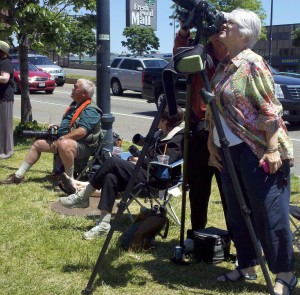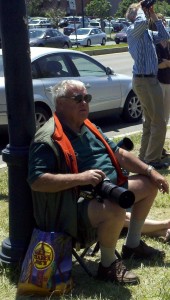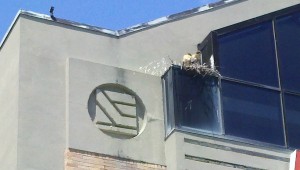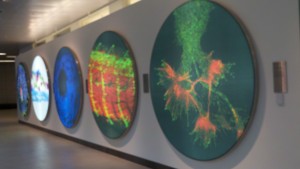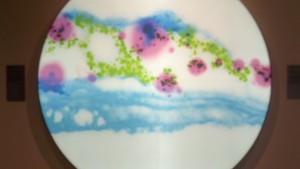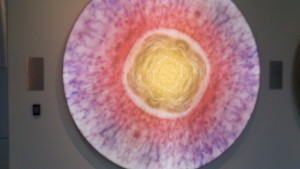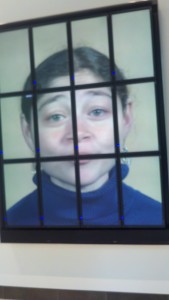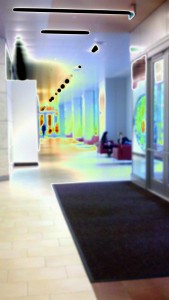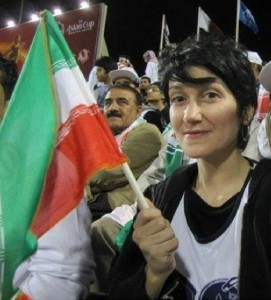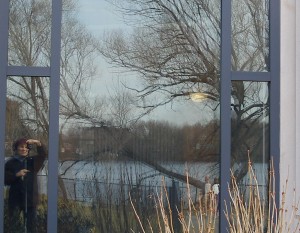Watching Cambridge’s Urban Red Tails…Like a Hawk
In May, I ran into an acquaintance who said she’d been totally busy and frazzled–and was totally behind in her work. Why? ” I’ve been watching the hawks across from the Fresh Pond Shopping Center,” she said, sheepishly. I thought this was nuts: this is a 50-something professional woman with a responsible job–utterly fascinated with watching two red-tailed hawks build a nest and a family on the ledge of an office building in Cambridge. For the second year in a row.
These hawks aren’t even rare in these parts–plenty of people have seen them in the renowned Mt. Auburn Cemetery, nearby, but, evidently there’s something mesmerizing about watching hawks lay eggs, help them hatch, watch over the babies and teach them to fly— all next to a highway that runs between Cambridge and Arlington. Ok. Each to her own. (Ridiculous is what I really thought).
The other day, I went to do some shopping at Trader Joe’s–and from the parking lot, spotted a crowd in front of the office building, nearby. Yup-it was them. Looking up at a nest under the roof at 185 Alewife Brook Parkway.
Skeptical, but curious, I pulled out my cell phone and asked the guy to the far left if it was OK to take a picture of him. Sure, he said.
“I’ve been here since February, ” he said. “Six hours a day.” Turned out he was George McLean, a professional photographer, now retired. “I saw Buzz and Rubie -those are the parents-‘making whoopie’–so the group named one of the fledges ‘Georgie, after me.” Their sibs are Honey and Yahoo (after Jonathan Swift’s land of the Yahoos). “We’ve been waiting for them to fly for weeks… today could be the day.”
Or not.
He tells me that people have been photo- and videographing these birds since January.
Here’s a link to the babies hatching– http://www.cctvcambridge.org/node/44293 ; another, of Georgie flopping on his face http://atlanta.pointslocal.com/story/atlanta/316332/185-alewife-red-tail-hawk-chick-takes-a-big-flop and, yet another, to video at Cambridge Community Television. http://www.cctvcambridge.org/subject/nature?page=8 .
Last week, George tells me, one of them tried to fly but fell off the ledge into the parking lot.
People seem mesmerized; there’s definitely an atmosphere of suspense.
I figure, “I’m here, what the heck,” and start shooting photos of the nest. It’s quite high up–seven stories–I can make out a few birds but can’t really see them, very well.
I’m zooming in to get a close look–when a gasp goes through the crowd–a fledge has spread his wings.
I missed it. Damn. I shoot again. Got it. And again-Got that one, too.

 And again…and again. I’m getting excited, now…and so is George.
And again…and again. I’m getting excited, now…and so is George.
He’s flapping his arms, like wings. When will one of these babies take off?
I’m thinking I wish I could stay..but company is coming to my house.
Later that afternoon, I check the Internet for news of the fledges…nothing yet.
And again the next day, which is Sunday.
But on Monday, driving by 185–I see an empty corner–and an empty nest. The hawks must have done their thing…
On the group’s yahoo site, http://groups.yahoo.com/group/185redtails/message/700 , one of the observers, Bonnie, has written that when she arrived at 185 on the morning of June 6, Buzz and Ruby were “doing a happy dance…. soaring and flying together over 185, over Whole Foods parking lot, and over to the apartment towers and back.” The fledges had flown.
And, according to Paul Roberts,
Roberts tells a gripping tale of the fledges’ struggle to find their new place in the wild world outside the nest–attacked by blue jays, unable to perch…Animal control is called….
To my surprise, based on my 0wn brief experience at 185, I have to agree. See you there, next year?
Anita M. Harris
New Cambridge Observer is a publication of the Harris Communications Group, a marketing communications and public relations firm in Cambridge, MA.
